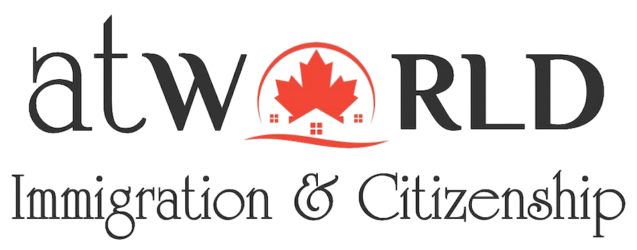New Canada Open Work Permit Changes For 2025
The Government of Canada made significant changes to the Open Work Permit (OWP) eligibility for family members of temporary residents, a move that has caused ripples among communities of international students and foreign workers in Canada.

Effective January 21, 2025, these new regulations aim to align immigration policies with economic objectives but have sparked widespread debate on their impact on families and the Canadian labour market.
Here’s an in-depth look at what these changes mean, who they affect, and how they could reshape the landscape of temporary residency in Canada.
Table of Contents
- Understanding the Changes
- Impact on Existing Permit Holders
- Exceptions and Alternatives
- Economic and Social Implications
- A Look Ahead
Understanding the Changes
The Immigration, Refugees and Citizenship Canada (IRCC) has revised its criteria for family members of international students and foreign workers to obtain an OWP.
For Spouses of International Students:
The new rules significantly narrow down the pathways for spouses of international students to obtain an OWP
Here’s the detailed information:
Master’s Programs:
Only if the student is enrolled in a master’s program lasting at least 16 months can their spouse apply for an OWP
This duration criterion is meant to ensure only those committed to long-term study in Canada can benefit from spousal work opportunities.
Doctoral Programs:
Spouses of doctoral students are also included, recognizing the extended time and commitment involved in these higher education pursuits.
Professional Programs:
A curated list of professional programs will qualify. This selective approach hints at the country’s strategy to attract talent in sectors critical to its economic landscape.
For Spouses of Foreign Workers:
High-Skill Jobs:
Spouses can now secure an OWP only if their partner works in roles classified under TEER 0 OR 1 by the Canadian National Occupational Classification (NOC).
These include managerial and professional occupations, highlighting Canada’s push towards a highly skilled workforce.
Labour Shortage Sectors:
Eligibility extends to TEER 2 or 3 occupations but is limited to sectors with recognized labour shortages like healthcare, construction, and technology.
This is a clear sign of Canada tailoring its immigration to plug specific skill gaps.
Work Permit Duration:
A significant condition is that the foreign worker must have at least 16 months remaining on their permit at the application time of their spouse’s OWP.
This ensures stability and continuity in employment for both the worker and their spouse.
Exclusion of Dependent Children:
In a surprising turn, dependent children are no longer eligible for family OWP under the new regulations
This drastic change underscores a shift towards prioritizing economic contributions over family unity in temporary resident policies.
Impact on Existing Permit Holders
Validity of Existing Permits:
OWPs issued prior to January 21, 2025, under the old regulations will remain valid until their expiration.
This provides a temporary buffer for those already in Canada but does not extend beyond the permit’s current term.
Renewal Conditions:
For family members currently in Canada who need to renew their work permits due to extended study periods or discrepancies in permit durations, they can do so provided they meet the same eligibility criteria as before and the duration of the renewal matches the principal applicant’s permit duration.
This ensures continuity for those already integrating into Canadian society.
For family members currently in Canada who need to renew their work permits due to extended study periods or discrepancies in permit durations, they can do so provided they meet the same eligibility criteria as before and the duration of the renewal matches the principal applicant’s permit duration.
Exceptions and Alternatives
Free-Trade Agreements and Permanent Residency Paths:
Spouses of workers under free-trade agreements or those in the process of transitioning to permanent residency are exempt from these new restrictions.
This acknowledgment of different immigration pathways maintains flexibility for those under specific international agreements or in the process of longer-term settlement.
Alternative Work Permit Options:
Family members no longer eligible for OWPs are not entirely barred from working.
They can explore other avenues within Canada’s work permit framework, such as employer-specific work permits or other temporary resident programs that might fit their qualifications or the labour market’s needs.
Economic and Social Implications
Labour Market Adjustments:
These changes reflect a strategic pivot towards filling labour gaps in high-demand sectors while potentially reducing the influx of workers in areas where the market is saturated.
This could lead to a more balanced labour market but might also create challenges for sectors that previously benefited from a diverse pool of labour.
Family Dynamics and Social Fabric:
The policy shift could strain family structures, particularly for those where both partners work.
Families might face decisions about whether to stay or return to their home countries, affecting social integration and local community dynamics.
Public and Policy Debate:
There’s an ongoing debate about the balance between economic benefits and social costs.
Advocates argue for the integrity of immigration programs, while critics highlight the human impact, pushing for policies that consider family unity and broader social implications.
A Look Ahead
The changes to open work permits for family members of temporary residents in Canada mark a significant moment in immigration policy, reflecting a broader strategy to align economic needs with immigration.





Post a Comment